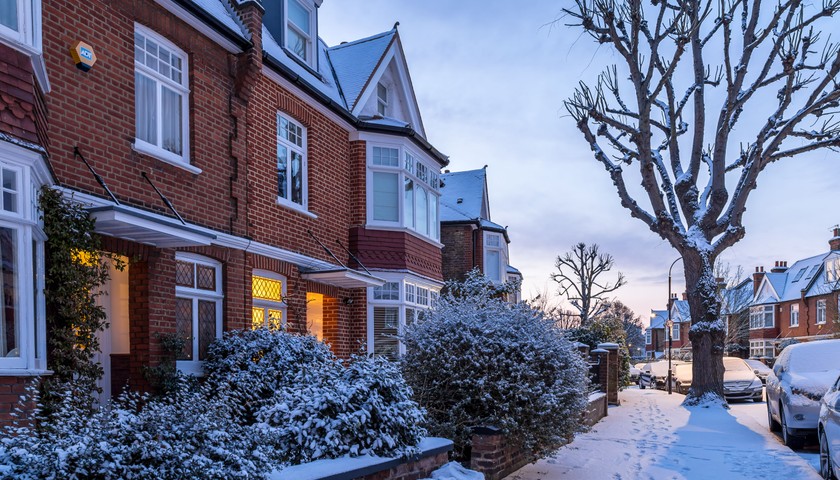Your Watford & Hertfordshire market report

Despite the many headwinds the property market has faced in 2023, it has held up well. House prices and activity levels have fallen, but not as much as many expected. With inflation slowing, mortgage costs coming down sooner than expected, and steady employment levels, signs of recovery are beginning to show.
Nationwide’s index rose for the third month in November, with house prices up 0.2%, following an increase of 0.9% the previous month. Halifax’s index was up for the second month in a row, with prices up 0.5% and by an even more impressive 1.2% in October. Activity levels are improving, too. In October, agreed sales were 15% below their pre-pandemic levels (2019), but by November, that figure had gone to 10%. The number of mortgage approvals and valuations is also increasing. And, after a prolonged period of stock shortages, the number of homes for sale is just 1% behind its usual levels (Rightmove, 2019), providing buyers with considerably more choice than there was during the pandemic.
Paul Gillespie, Director at Rolstons, says:
”Recent figures for mortgage approvals suggest a slight uptick in activity levels, likely due to an improving picture of affordability for homebuyers. With mortgage rates starting to ease slightly, this may increase buyer confidence, making people more inclined to push ahead with their home purchases.”
However, the improving outlook does not mean we are about to enter a boom period. The market is still operating more in favour of buyers than sellers, and, according to Rightmove, asking prices dipped last month as sellers tried to tempt buyers into making an offer before Christmas. It was slightly more than the usual seasonal fall, which Rightmove claims is the result of sellers’ more realistic attitudes to pricing.
Nor is the recovery evenly spread, with smaller properties far better than larger ones. The number of sales agreed for studio, one and two-bed properties is just 7% behind 2019’s levels. Four and five-bed homes, in contrast, are 14% behind. There were also some quite wide regional variations. In November, asking prices were down by as much as 3% in the Southeast, by 2.3% in Yorks and Humber and by 2.1% in London, but in the West Midlands and the North West, they were down by only 0.5%.
Rental & Buy-To-Let Market
Homelet’s Rental Index shows that rents came down last month in almost all regions for the first time in a long while. The average rent across the UK fell by 0.3% to £1,279pcm; in the capital, rents were down 0.8% to £2,174pcm. The run-up to Christmas is traditionally one of the quieter times of the year for lettings, and with the disparity between supply and demand still at record levels, it is unlikely to mark the start of a new trend.
Despite the fall, rents have now risen so high that they are currently absorbing 33.2% of the average tenant’s gross income, and, at some point, they are likely to reach their limit of affordability. There is probably still a little more room for manoeuvre, though, as in London, rent is already taking up as much as 39.3% of tenants’ incomes.
In some more welcome news for the sector, the cost of buy-to-let mortgages is finally starting to fall after it had been lagging some way behind the rates available to owner-occupiers. This will not only ease the pressure on landlords’ finances but also points to better times ahead and should also help encourage landlords to remain in the sector rather than sell up.
If you'd like to talk to an agent for more personalised advice, our team are always on hand to help. We'd love to hear from you, whether just a quick chat or a no-obligation property valuation.
Warm wishes,
The team at Rolstons.






